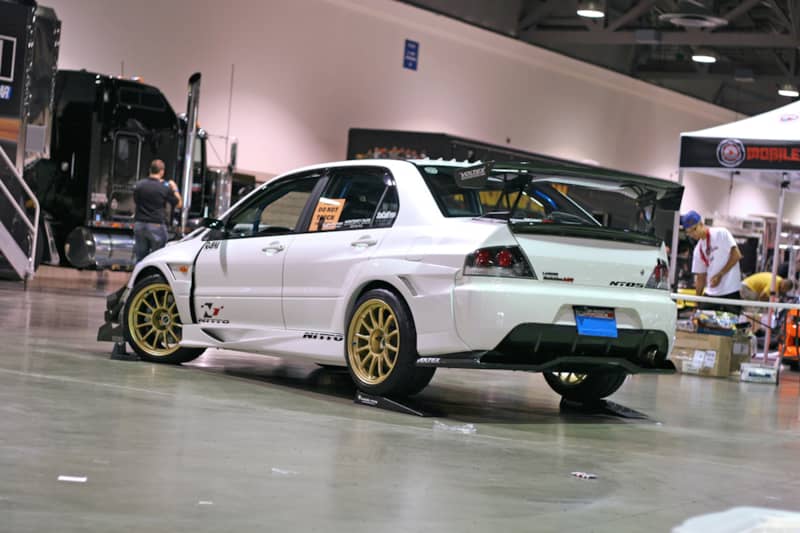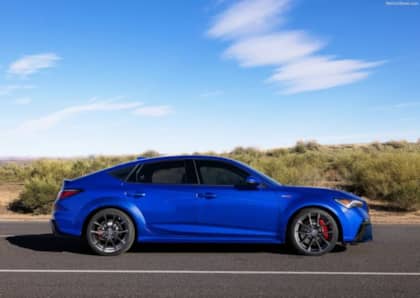10 Automotive Myths You Oughta Get
Call them misconceptions, but here are 10 automotive myths, which happen to be some of the most muddled-up concepts in our never-ending quests to make our cars better than the day we bought them. Of course, you're not making any of these blunders, but we're willing to bet you know at least a few who are. Read on and see where they've got it all wrong.1. Not All Boost is Created Equal
Unless you're comparing identical turbos and engines, then pitting your 10 psi against somebody else's 28 psi doesn't mean a whole lot. As it turns out, that number really doesn’t tell you how much power anybody’s making. For example, 20 pounds of boost out of an itty bitty T25 might generate half as much power as the same amount from something like a GT35R on otherwise identical engines. In other words, boost pressure ain’t always matter.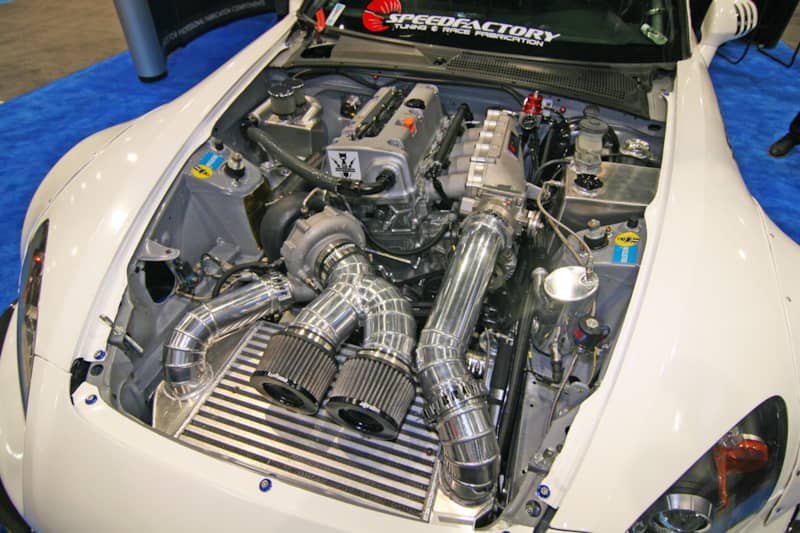
2. Boost Also Doesn't Blow Up Engines
The amount of air pressure in your intake manifold isn’t what’ll smash holes in your pistons and bend your rods in half. That’s what cylinder pressure's for, which, yeah, rises so long as boost pressure does, but it isn’t that compressed stream of air generated by your turbo that’ll do damage inside the block. For example, a larger turbo spitting out less boost can just as easily destroy an engine as a smaller turbo pushing out twice as much pressure.3. It’s "lb-ft" (Usually)
Unless you really are trying to measure something that has nothing at all to do with your engine and how much torque you're making, then what you meant to say was lb-ft of torque, not ft-lbs.4. Shocks, Struts or Dampers?
Turns out all shocks and struts are dampers, but shocks and struts will never be the same. Any gas-charged cylinder that’s used to keep spring oscillations in check is a damper, but only dampers mounted directly to a wheel’s knuckle that locates all sorts of important suspension components can call themselves a strut. Shocks, on the other hand, are always connected to some sort of A-arm and don’t affect a suspension’s alignment or geometry like a strut does.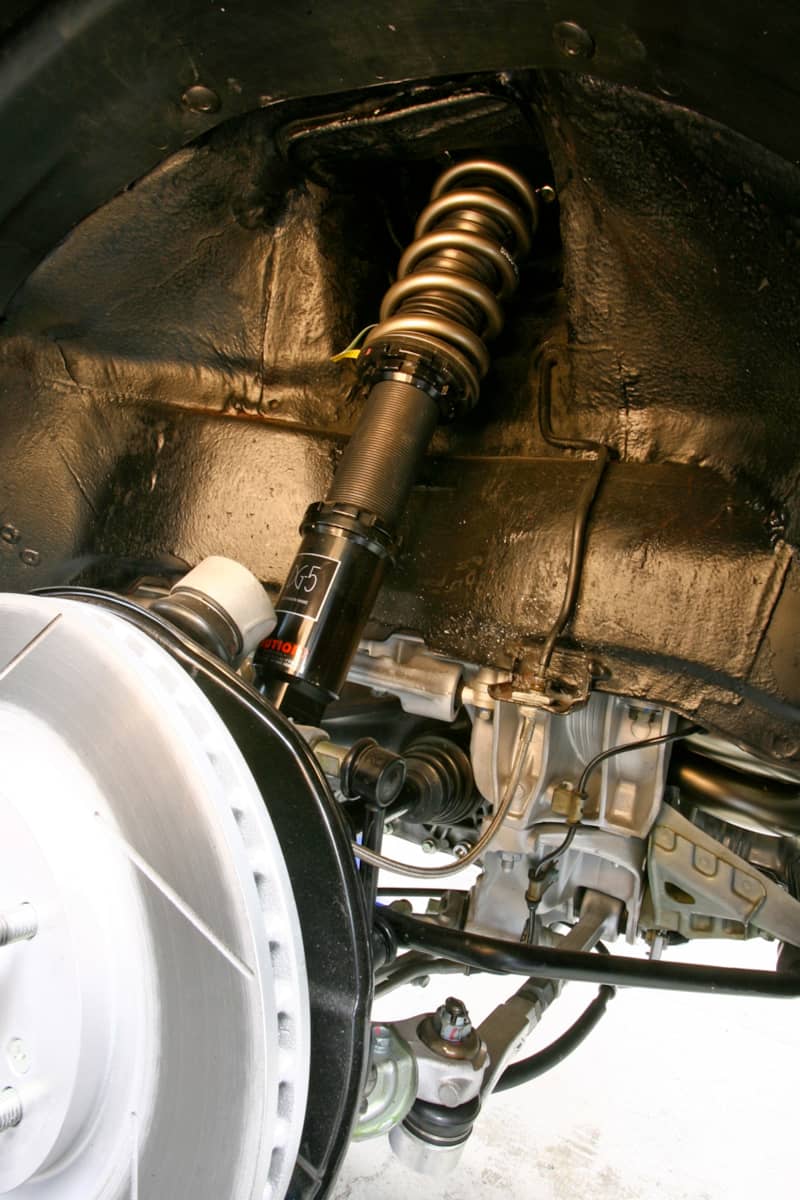
5. Engage This
You think you're engaging the clutch every time you stick your foot to the pedal...but you’re wrong. Turns out an engine’s clutch is engaged almost all the time - your pushing the pedal down releases the pressure, allowing the disc to spin freely, which means you can do all sorts of important things, like shift or not stall.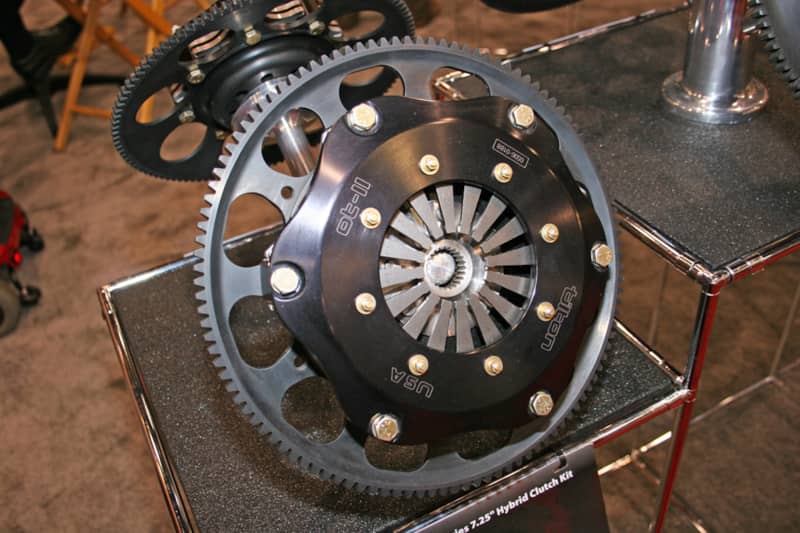
6. Rear Spoiler + FWD Doesn’t = "LOL"
Aerodynamics don’t care whether or not your car’s being accelerated by its front wheels, its rear wheels or the wind. When applied properly, a rear spoiler on a FWD car can push the chassis toward the pavement in the same sort of way it would if its drive wheels were at what you always thought was the business end.
7. AWD Won’t Make You a Better Driver
Your tires, suspension and weight distribution have more to say about how well your car will handle than however many of its wheels are driven directly by the transmission or transfer case. Even the best AWD layouts won’t necessarily help you hit a corner any faster, but they will let you accelerate out of one quicker than any other drive type.